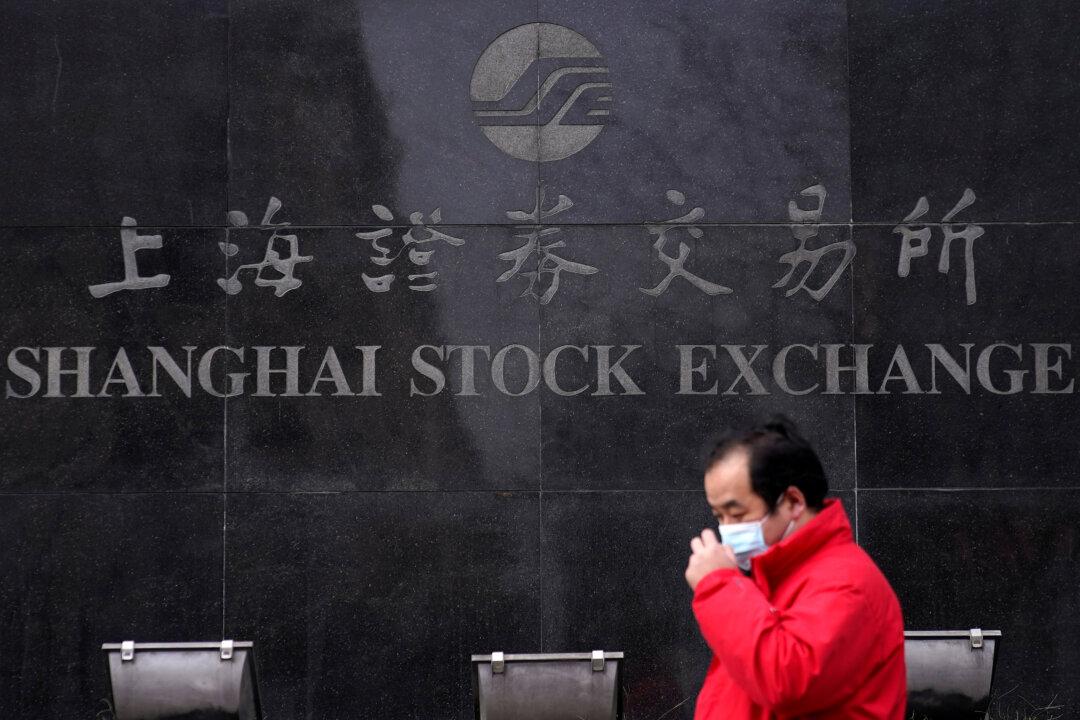News Analysis
The coronavirus pandemic is crippling manufacturing, heightening the potential default risk for Chinese corporations that borrowed $1.6 trillion in U.S. dollar-denominated bonds.

The coronavirus pandemic is crippling manufacturing, heightening the potential default risk for Chinese corporations that borrowed $1.6 trillion in U.S. dollar-denominated bonds.